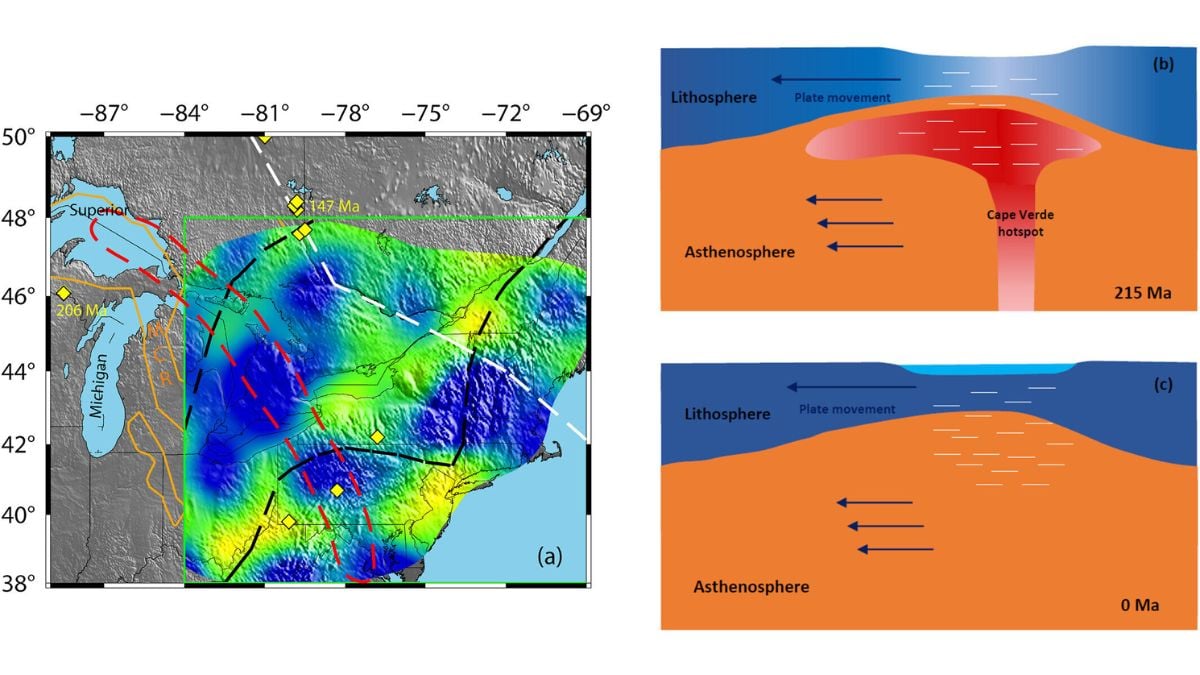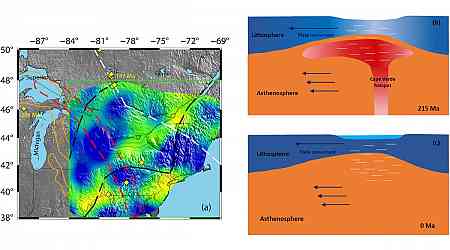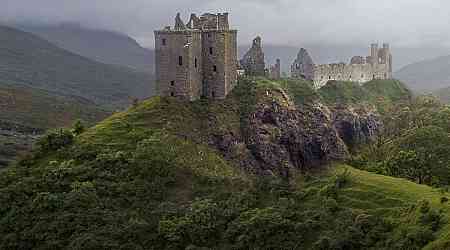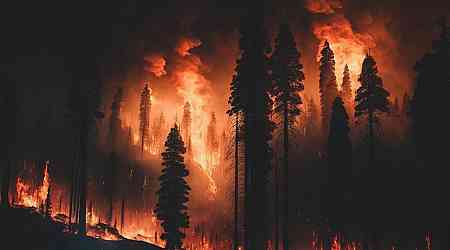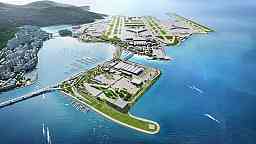Evidence has emerged pointing to a significant role played by an ancient geographic hotspot in shaping the Great Lakes. Researchers have linked the formation of these massive water bodies to a hotspot that interacted with the Earth's lithosphere millions of years ago. While the lakes are commonly attributed to glacial activity during the Ice Age, recent findings suggest that deeper geological processes may have contributed to their formation, providing insight into their extraordinary depth and size.
Study Highlights Geological Interactions
According to research published in Geophysical Research Letters, a team of scientists from the University of Houston and the University of Arizona investigated the Cape Verde hotspot's historical activity. Hotspots, known for generating heat and material flow from the Earth's mantle, are believed to have influenced the Great Lakes region approximately 225 to 300 million years ago. As Pangea, the ancient supercontinent, moved over this hotspot, thinning of the lithosphere occurred, making the ground beneath more susceptible to external forces.
Seismic Clues Support Hotspot Theory
As reported by phys.org, data from seismic wave analyses supported these claims. Unusual horizontal wave movement beneath the lakes indicated lithospheric deformation. This anomaly aligned with the passage of North America over the hotspot during its drift over geological time. These conditions, as reported, would have created a weakened crust, later amplified by glacial activity during the Ice Age.
Hotspot's Legacy in the Great Lakes Formation
The research outlines how the Cape Verde hotspot likely underlay Lake Superior, Lake Huron, and Lake Erie at different points in history, contributing to the geological features that enabled the Great Lakes to form. The fragile crust allowed ice to carve deeper and larger depressions than would have been possible otherwise, creating the unique landscape seen today.
These findings reshape understanding of the Great Lakes' origins, suggesting that both deep-Earth processes and surface phenomena played critical roles in their formation.


















